
7 BOTOX SIDE EFFECTS FROM LONG-TERM USE
Botox, an injectable neurotoxin that paralyzes small muscle groups in specific areas of the body, has long been known for its wrinkle-busting powers. It works by safely limiting communication between nerves and muscles to lessen the amount the muscle contracts, which makes the skin over the muscle appear smoother.
Nearly 40 years after it was first created, Botox remains one of the strongest and easiest solutions for fine lines and wrinkles on the market. We even now know that preventative Botox can stave off age for years – or even decades – at a time. Who doesn’t want to stay looking 25 well into their 40s?
But here’s the thing: with so many people using Botox more often, and at earlier ages, people have questions about the long-term effects of Botox. Is it really safe to use Botox for long periods of time, and are there any Botox side effects you need to consider?
Here’s your answer!
1. FACIAL MUSCLES MIGHT ADAPT
Facial muscle movement directly correlates to how much skin “wrinkles up” when you show emotion – for example, a frown. The more your muscles contract, the greater the appearance of ridges and wrinkles.
Need an example? Run to the mirror and give yourself a stern look – aim to crease your forehead. Notice that the harder you contract your forehead, the deeper the grooves become. Unless, of course, you’ve already had Botox – in which case you might not notice any creasing at all!
Studies show that using Botox regularly (e.g, every year or so) for years can actually change how the nerves in your face and muscles function, causing them to naturally contract less even when it’s been some time since their last treatment. This in and of itself can reduce the appearance of fine lines in critical zones, even if you opt to never have Botox again after a certain point in time.
2. FACIAL MUSCLES COULD ATROPHY
The “golden rule” of muscle toning is “use it or lose it.” This also applies to your face, which is exactly why people who are especially expressive, people who smoke, and anyone else who moves their face more often is likely to develop fine lines and wrinkles at a faster rate.
It’s also true for anyone who has had Botox. Keeping muscles in a partially paralyzed state limits how much you can use them on a regular basis. Over time, those small muscle groups under your cheeks, forehead, and eyes will begin to atrophy.
Muscle atrophy can be a good thing or a bad thing, depending on the context. A little bit of atrophy may actually be a good thing because it shifts the work to larger smooth muscle groups instead. This can actually create the illusion of smoothness and even, in some cases, add volume by building large muscles up.
Too much atrophy, on the other hand, can be negative. This is exactly what leads to the common issue of “frozen face” people used to worry about years ago before injection technology was so advanced and the industry was so well-regulated.
The good news is that this phenomena is almost entirely avoidable. Simply taking a break from Botox now and again is usually enough, but a skilled injector knows how to avoid areas where the risk for atrophy is too high. It’s all about where you have your injections and how well they’re applied.
3. SKIN MIGHT BECOME THINNER
One of the most common signs of aging for patients is thinning skin. Sometimes, this is mostly a visual phenomenon (the skin appears translucent and veins become more visible. In other cases, the texture of the skin becomes crepe-like, sagging in certain areas. Sometimes, there is a mixture of both visual and physical texture symptoms.`
There is a small risk for thinning skin with overuse of Botox, too – especially if you start using it at a very young age. However, it isn’t really all that common provided that you take care of your skin. Having a solid daily regimen that includes volume and collagen-boosting formulas, and perhaps a little dash of hyaluronic acid, can effectively offset or even prevent it from happening.
Even if you do find yourself struggling with thinning skin, you may still have options. Adding just a little filler in problem areas can re-plump the skin and restore you to your natural glory once again. That’s much easier to fix than deep wrinkles!
4. SKIN DISCOLORATION OR TEXTURE PROBLEMS (A BOTOX SIDE EFFECTS RARITY)
This is also one of the rarest Botox side effects, but injections often may cause skin to become slightly discolored or even wavy in texture. You may be able to see this visually or even feel it with your fingers if you run them gently across your skin.
Patients who have thinning or crepe-like skin in the first place might be more prone to this issue. But for the most part, working with a skilled injector can prevent it from happening in the first place. That’s because discoloration and wavy textures are almost always caused by uneven toxin distribution.
When an unskilled injector doesn’t distribute toxin equitably, the muscles under the skin contract in an uneven fashion. This pulls the skin more toward zones that didn’t receive enough of a dose (or any dose at all) and away from those that did.
Taking a year or two off will give the muscles time to recover, but it is possible to correct the issue with additional injections.
5. EASIER MAINTENANCE OF RESULTS
Because of the way injectable Botox “trains” facial muscles over time, many people find they need fewer and fewer treatments as they age. In fact, some people even achieve a “permanent result” that requires only the most minimal upkeep. This has a double-whammy effect of preventing future signs of aging and helping you maintain your current youthfulness. What’s not to love about that?
6. PERMANENT BENEFITS AFTER YOU STOP
There’s a common misconception that once you have Botox, you can never stop or else you’ll lose all your progress. Not true! The reality is that, even if you opt to stop having Botox, the treatments you’ve had will still help stave off aging and keep you looking youthful. In fact, a single injectable treatment can last up to a year or longer for some patients!
But let’s talk about what happens if you do opt to stop for good. Will you slowly begin to show the signs of your real biological age within a few months? Should you expect to dissolve into a mishmash of lines and wrinkles by next year?
No to that question, too. Having been on a Botox regimen effectively prevented you from aging as quickly in the past. If you started neurotoxins at 20, for example, you probably won’t reach 60 looking your age in the first place. Instead, you’ll look years younger and will progress much more slowly.
7. BRIGHTER, WRINKLE-FREE SKIN
Feeling more comfortable with the idea of a long-term Botox regimen? Great, because the truth is that as long as you use a skilled injector who knows how to minimize the risk of Botox side effects, the benefits are really unparalleled.
There is one other “side effect” (or maybe more accurately, result) you should know about before you consider a long-term Botox plan. In fact, this is probably the most impactful side effect of all: brighter, less wrinkled skin!
Okay, that’s really more of a feature than a side effect. But having Botox regularly, following a schedule recommended by your provider, will in fact keep your skin looking brighter, more vibrant, and less wrinkled for years or even decades. And isn’t that really what it’s all about?
 None
None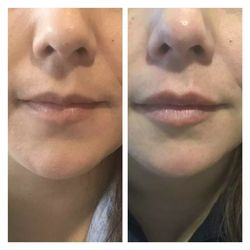 None
None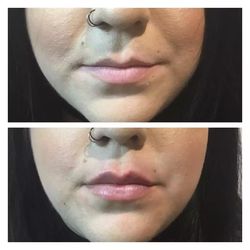 None
None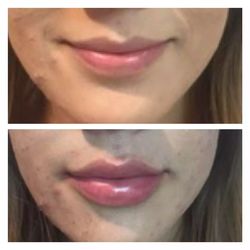 None
None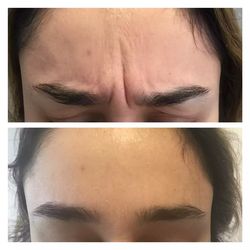 None
None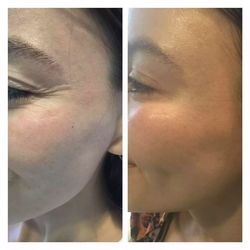 None
None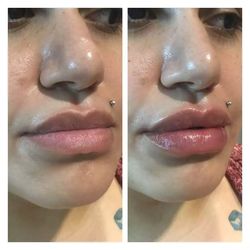 None
None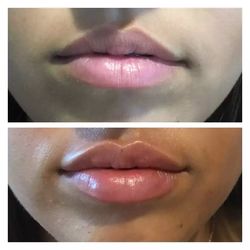 None
None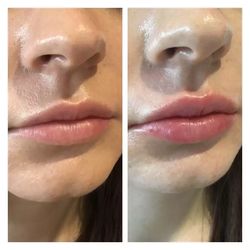 None
None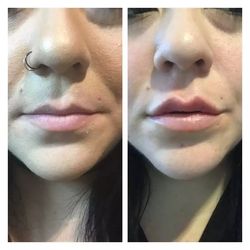 None
None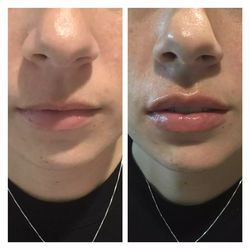 None
None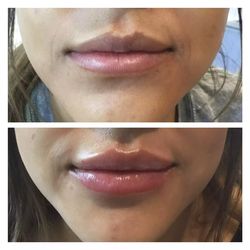 None
None None
None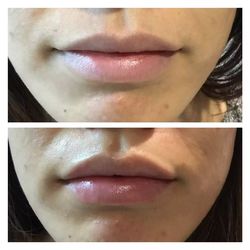 None
None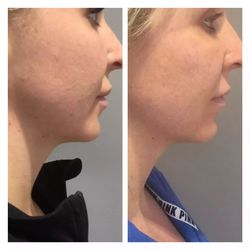 None
None None
None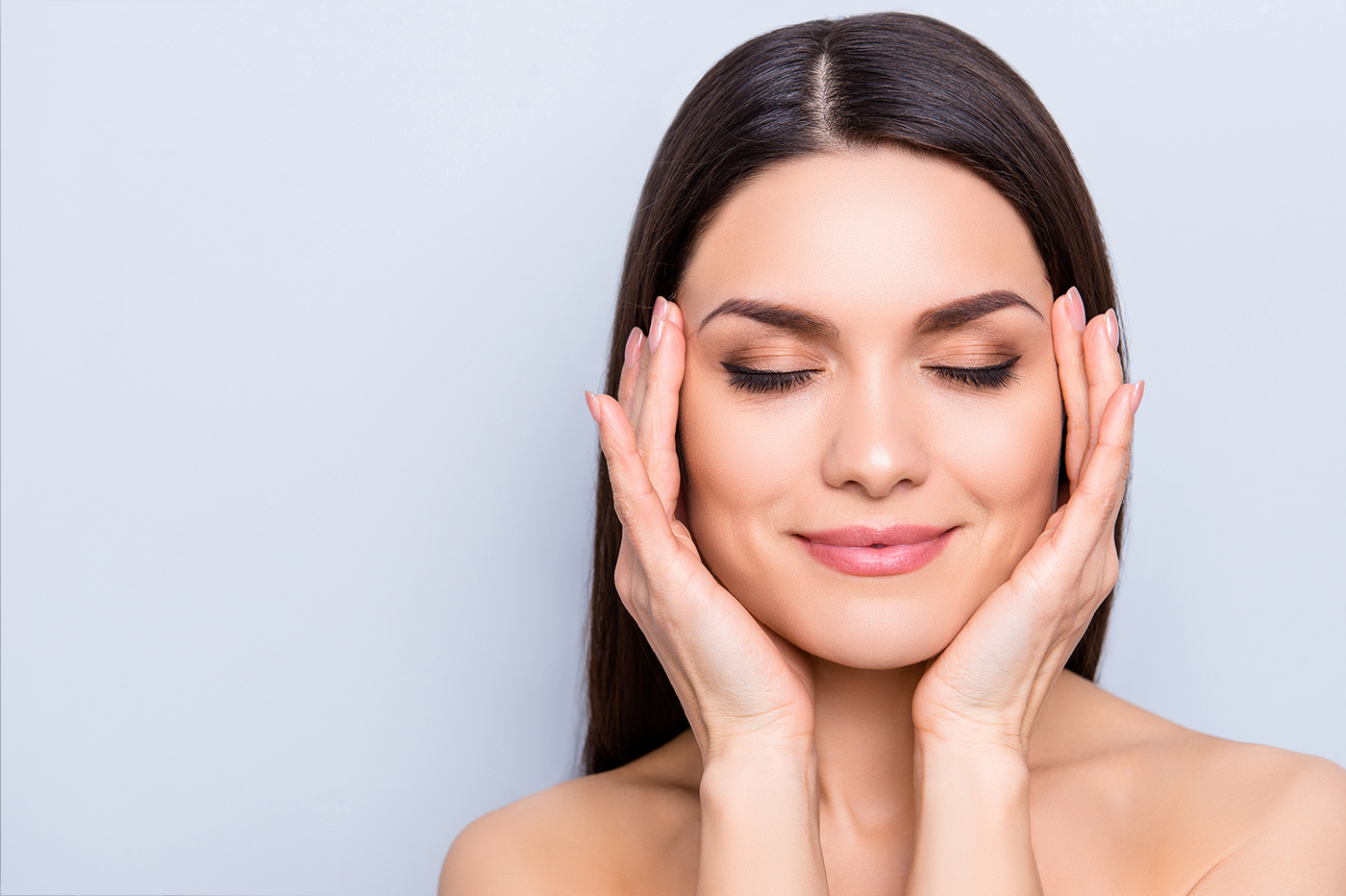
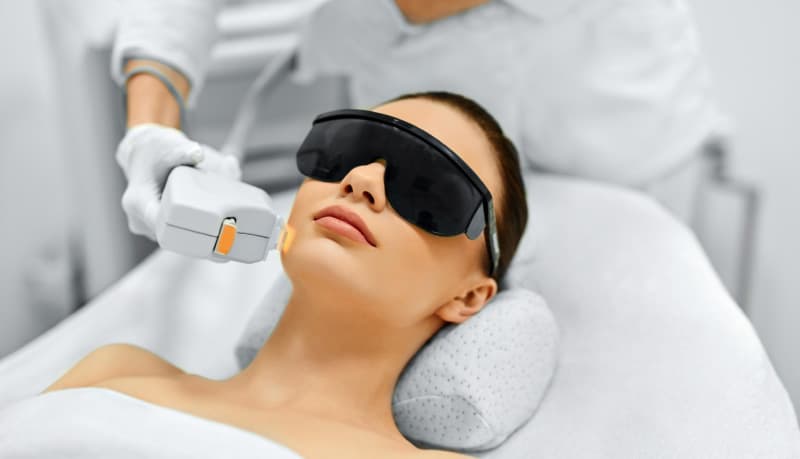


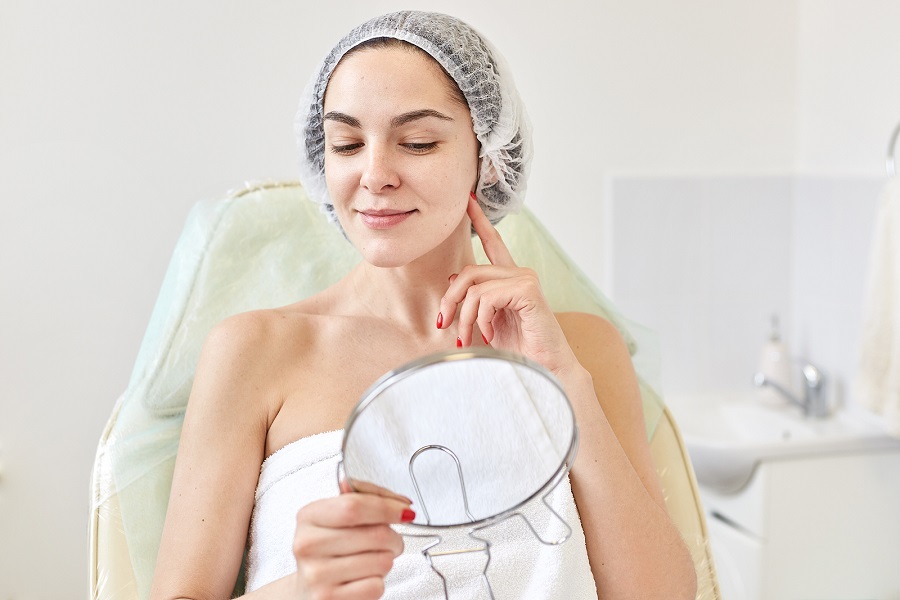






0 comments